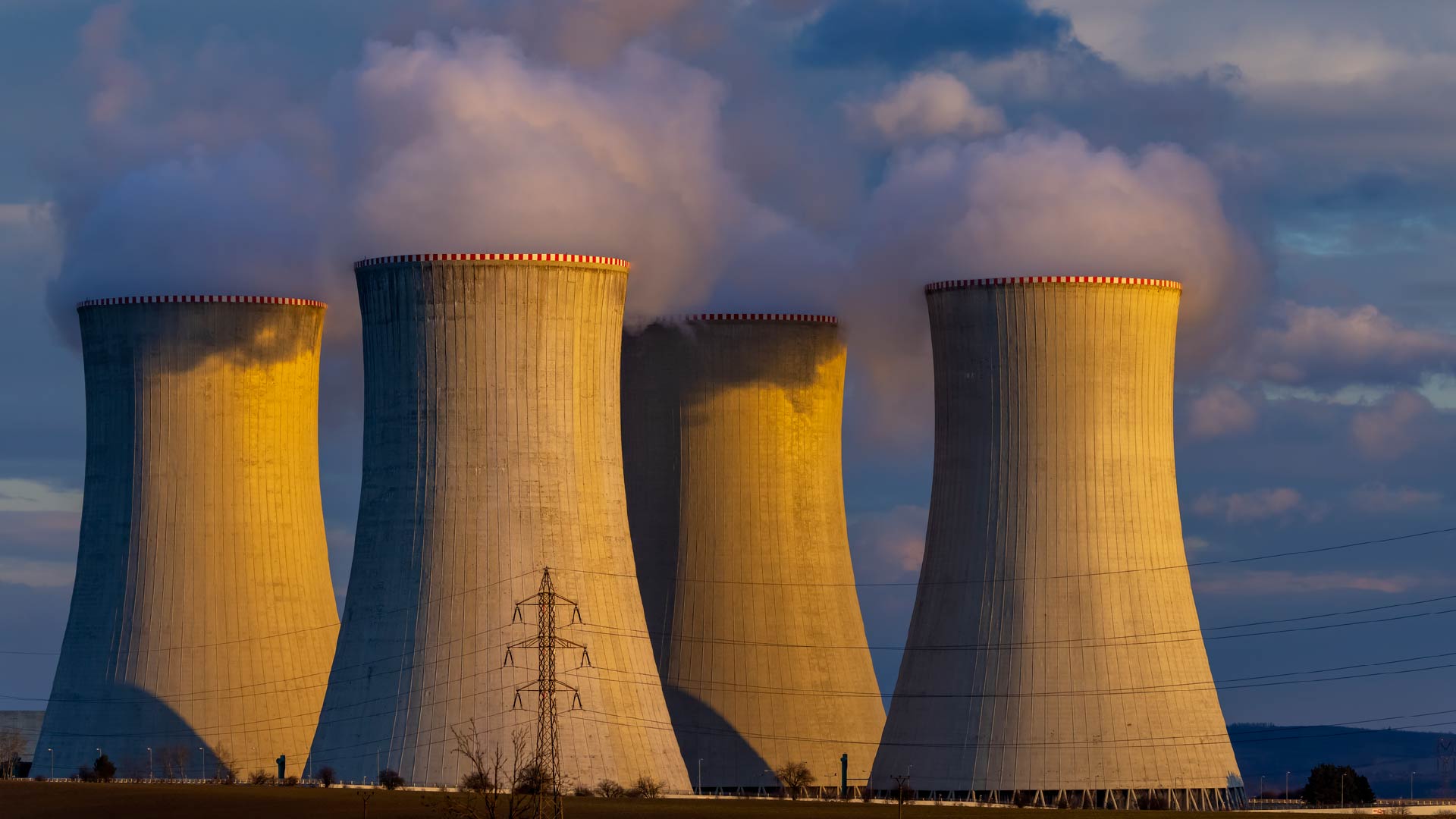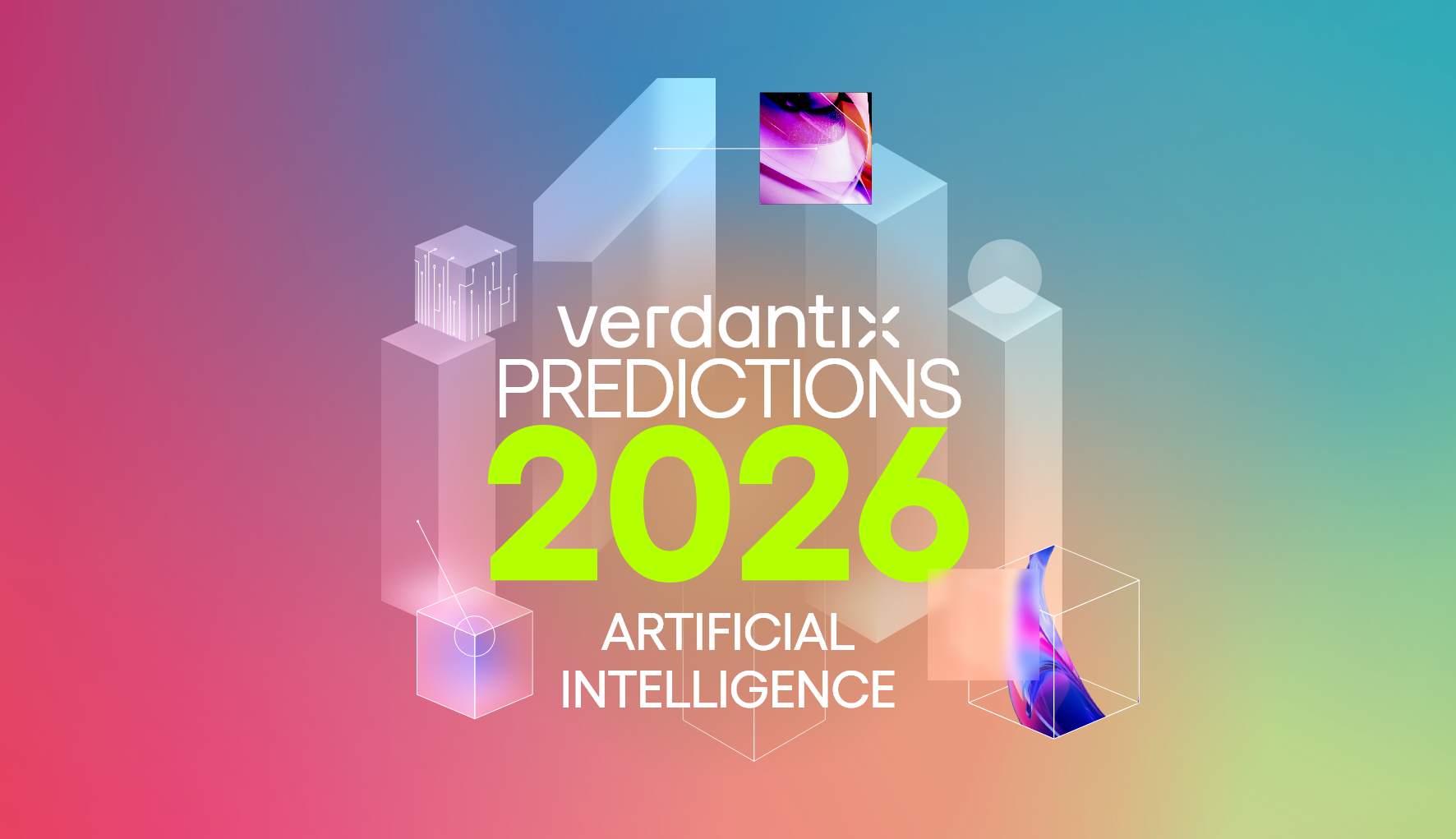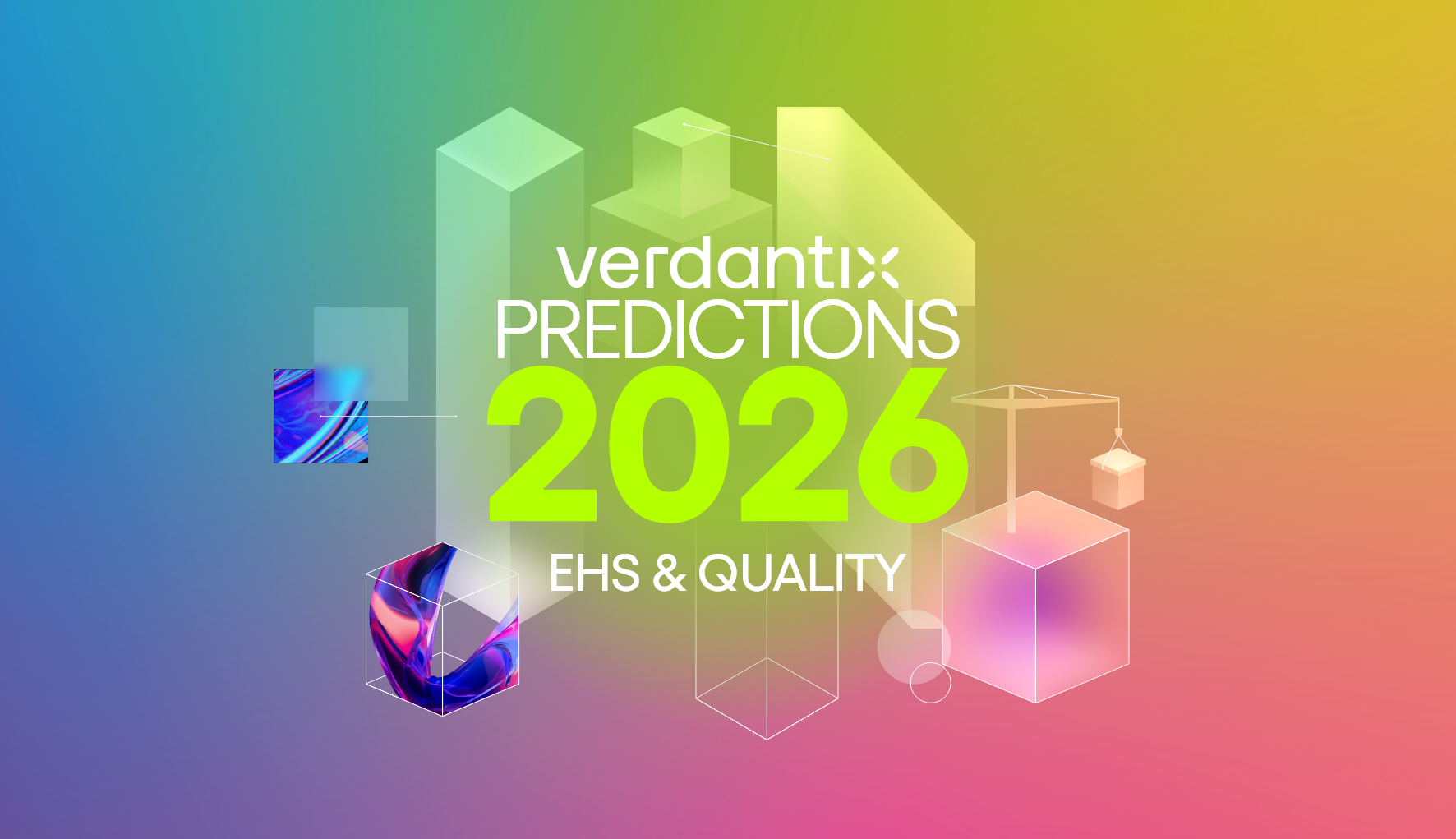Three Key Takeaways On The Industrial Energy Management Software Market

Hugo Fuller
Energy management software (EMS) has been in operation at commercial, real estate and industrial facilities for over thirty years, but there is significant variation in product maturity, market fragmentation and capabilities across end verticals. To build a better picture of the 2024 industrial EMS market, Verdantix undertook a benchmarking report of more than 20 industrial EMS providers, including demos and briefings from 13 of those included. Our research found that:
- Energy management is still a secondary KPI for most industrial firms.
In our 2023 annual corporate survey, 71% of respondents reported that energy management software (EMS) was critical or helpful to achieving net zero goals. However, approximately 25% fewer respondents with energy management software planned new investment for 2024 than those on asset maintenance, planning and scheduling. As such, respondents perceive the role of energy management in meeting net zero targets, but budgets are still lagging activities which affect the bottom line.
- Industrial EMS providers have varied heritages with differing approaches to use cases.
The concept of a discrete ‘energy management software’ product is more firmly established in the real estate and commercial world, where traditional core EMS capabilities have “not […] fundamentally changed in the past 15 years”. For industrial sites, core capabilities are similarly entrenched, although there is considerable variety in how these capabilities are delivered, due to the different heritages of providers. These include tech service providers with software propositions, APM software providers with energy management modules, and OEMs with mature energy management software propositions for real estate and built environment growing their presence in the industrial space.
- Industrial energy management software caters to a broad range of use cases.
The ‘must have’ for industrial EMS is the ability to monitor, benchmark and report energy consumption. The granularity and accuracy of energy consumption data is reliant on how the data is collected – such as via IoT sensors on assets – and how the data is stored and cleansed – for example via a data management tool. Invariably, solutions include energy consumption dashboards where users can compare assets and facilities to triage maintenance efforts and plan new CAPEX where appropriate. Other capabilities include energy contract procurement and utility bill management, as well as forecasting capabilities to better plan and optimize production based on energy consumption trends. A rapidly emerging and increasingly prioritized use case is carbon management and reporting capabilities, which will continue to rise in relevance owing to the interrelation between carbon emissions and energy consumption.
For more information on industrial energy management software, please listen to our webinar, Industrial Energy Management Software 101. To learn about energy management software in real estate and built environment, please read Green Quadrant: Energy Management Software 2023.
About The Author

Hugo Fuller
Senior Analyst





